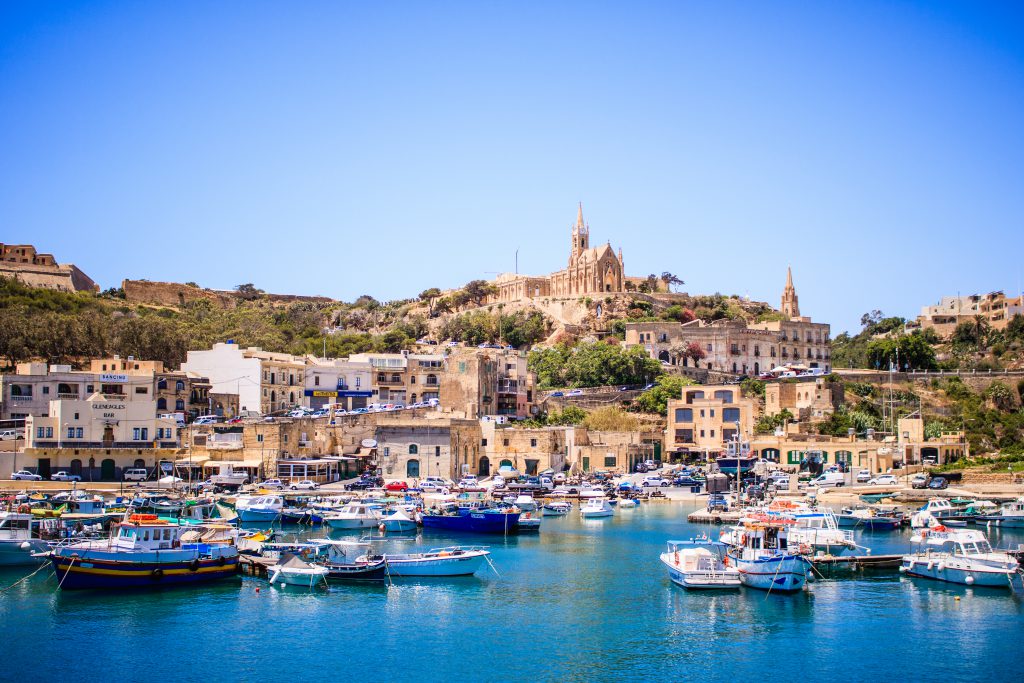Gozo’s connectivity

Remarks made recently in The Malta Business Weekly by Gozo Tourism Association CEO Joe Muscat against the planned underwater link took some by surprise. However, momentum behind this project is starting to fade out amid doubts on its environmental impact.
According to the GTA which represents the largest economic sector of the sister island, such a project carries more cons than pros. In short, he argued that Gozo’s increased connectivity with the advent of the fast ferry Service, the fourth Gozo Channel Ferry and the possibility of an air link, did not warrant a tunnel. Moreover, Muscat expressed concern that with a permanent tunnel in place, Gozo would risk losing its unique and sought after characteristics. The GTA’s position contrasts with that of the Gozo Business Chamber, the Front Favur il-Mina, and the student associations which are vociferously in favour.
Launched in the final years of the Nationalist administration in 2011, the proposal had gained the support of the Labour Party which was subsequently elected to government and issued a call for proposals. However, as soon as the first plans were unveiled, which comprised a tunnel starting from Limbordin, in Pwales on the outskirts of St Paul’s Bay all the way up to the area at Ta’ Kenuna in Nadur, questions were raised on the environmental cost. Will the project be creating a permanent scar on Gozo’s landscape? Will it accelerate the rate of development in Gozo? Will the project be financially viable? Will the ferry service still be required and sustainable?
Amid these doubts the Nationalist Party changed its position saying the matter should be first put to the Gozitans by means of a referendum. Meanwhile, government’s enthusiasm started fizzling out. In a recent interview with Voice of the Workers Weekly Transport Minister Ian Borg on one hand said they were still committed to do the project but at the same time he said government was watching how the debate was unfolding as it did not want to steam ahead in the knowledge that there was no consensus.
Given than the feeling on the ground is that the tunnel project will remain pie in the sky, there is an urgent need to reassess the situation. As things stand, the infrastructure at Mġarr Harbour is no longer adequate to cater for the marine traffic between the two islands. The introduction of the fourth Gozo Channel vessel and the fast ferry service have exposed the limitations in place as there is not enough berthing space. Consequently, Gozo Channel passengers at times are having to wait outside Mġarr Harbour either to give precedence to the fast ferry or else as the terminal can only accommodate two ships. We have placed the cart before the horse. It makes no sense to increase the connectivity when there is no infrastructure in place. Moreover, the level of service on the ‘fourth ferry’, the Greek-chartered Nikolaus, leaves much to be desired in terms of accessibility and onboard facilities.
Though no formal decision has been yet taken on the tunnel, it is more than obvious that the existing sea connections between Malta and Gozo are here to stay. Consequently, government ought to start planning to have the adequate infrastructure in place to cater for this expansion and to modernise the existing Gozo Channel fleet which is already 20 years old and a brand new fourth ferry. As in anything else the cost of doing nothing will be the heftiest.
